A Guide On Basic Water Quality
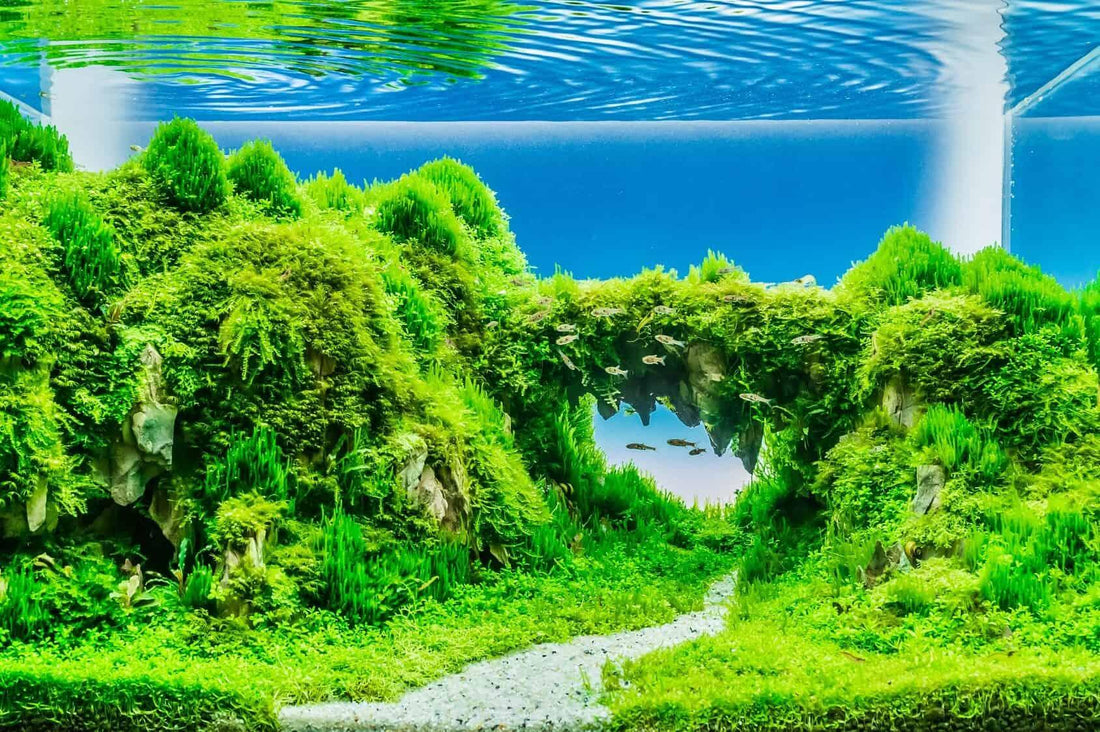
Introduction
The composition of general aquarium water.
Oxygen
Oxygen is as critical to fish life as it is to human life. Dissolved oxygen (DO) refers to the oxygen gas that is dissolved in water. Fish absorb the DO directly from the water into their bloodstream through their gills. Although some species, such as bettas and gouramis, are capable of breathing air, sufficient oxygen levels should always be maintained in the water for all fish.
Nitrogen Based Compounds
Ammonia
Ammonia is formed from the metabolism of protein and is the major waste product of fish. The majority of ammonia from fish is excreted through the gills, with relatively little being lost through urine and feces. Ammonia is also formed as uneaten feed or other organic matter in an aquarium decomposes. High concentrations of ammonia in the water make it difficult for fish to eliminate ammonia from their bodies. This buildup of ammonia can cause stress, gill and internal organ damage, and eventually death.
Total ammonia is comprised of two components: un-ionized ammonia (NH3) and ionized ammonia (NH4+). Un-ionized ammonia is extremely toxic to fish whereas ionized ammonia is not. The proportion of un-ionized to ionized ammonia shifts in relation to pH and water temperature. As pH or temperature increases, more of the ammonia shifts to the un-ionized, toxic form. Un-ionized ammonia begins causing gill damage at approximately 0.05 mg/L and death at approximately 2.0 mg/L. Keep in mind that most test kits measure total ammonia and not un-ionized ammonia but may make no reference to the difference. A table is used to calculate the portion of un-ionized ammonia from total ammonia.
Ammonia is removed from an aquarium system through the use of a biofilter. The biofilter provides a substrate on which nitrifying bacteria grow. These nitrifying bacteria consume ammonia and produce nitrite, which is also toxic to fish. Other nitrifying bacteria in the biofilter consume nitrite and produce nitrate. Nitrate is not toxic to most freshwater fish, except in high levels, and can be reduced sufficiently through periodic water changes. Some nitrate will also be utilized by plants. In natural systems and some aquarium systems, nitrate is converted to nitrogen gas by denitrifying bacteria. This conversion from ammonia to nitrite to nitrate to nitrogen gas is known as the nitrogen cycle.
Nitrifying bacteria, although naturally present in the environment, will take time to accumulate on biofilter media before they can efficiently remove all of the wastes produced by the fish. Setting up a tank and stocking it full of fish the same day, or even within a week or two, is a sure recipe for disaster. The bacteria in the biofilter can require three to eight weeks to cycle (i.e., become established) at 77-80 degrees F; even more time may be required at cooler temperatures. Aquarists can begin this cycling process by utilizing one or more of the following methods:
- Adding clear, non-sudsy household ammonia directly to the system to a level of 23 mg/L adding a few individuals of a species of fish that can handle the initial high ammonia and nitrite levels before adding the final species to be held.
- Seeding the system/biofilter with water or substrate containing bacteria from a "healthy" established system.
- Seeding the system with bacteria from a reputable commercial source.
As a biofilter cycles, ammonia will rise until sufficient nitrifying bacteria are present to consume the ammonia and convert it to nitrite. Ammonia levels will then begin to decrease while nitrite levels increase. Nitrite levels will continue to increase until sufficient bacteria are present to consume the nitrite and convert it to nitrate. Unless many plants are present, nitrate levels will rise slowly until a water change is performed. Ammonia and nitrite tests should be conducted every few days until the ammonia level and then nitrite level spike and lower (i.e., cycle). Tanks that are stocked before the biofilter is functioning properly will often become cloudy because of heavy non-nitrifying bacterial blooms.
After the cycling period, ammonia should be tested once per week. Once established, a well-managed aquarium should have no detectable levels of ammonia. If ammonia is present, management of the aquarium should be evaluated to ensure:
- The biofilter is large enough.
- The biofilter does not need cleaning.
- The aquarist is not overfeeding (based on what the biofilter can handle, not what the fish will consume).
- The tank is not overstocked.
- The tank is not excessively dirty.
- The biofilter is not too clean (vigorous cleaning of the biofilter will remove nitrifying bacteria).
- The alkalinity or pH have not dropped and negatively affected the biofilter
- No chemicals have been used that have killed the bacteria in the biofilter.
Nitrite
If nitrite is present, a water change should be performed. If the fish species in the tank will tolerate increased salinity, salt can be added to the aquarium to increase the level of chloride in the water. Chloride levels should be at least six times greater than nitrite levels. Chloride prevents the uptake of nitrite by the fish's blood thus eliminating the effects of brown blood disease. However, the addition of salt/chloride does not remove nitrite from the system, and the source of the nitrite must be controlled.
After the cycling period, nitrite should be tested once per week. Once established, a well-managed aquarium should have no detectable levels of nitrite. If nitrite is present, management of the aquarium should be evaluated to ensure:
- The biofilter is large enough.
- The biofilter does not need cleaning.
- The aquarist is not overfeeding (based on what the biofilter can handle, not what the fish will consume).
- The tank is not overstocked.
- The tank is not excessively dirty.
- The biofilter is not too clean (vigorous cleaning of the biofilter will remove nitrifying bacteria).
-
The alkalinity or pH has not dropped and negatively affected the biofilter.
-
No chemicals have been used that have killed the bacteria in the biofilter.
Nitrate
Nitrate is formed from the breakdown of nitrite by nitrifying bacteria. Except in very high concentrations, nitrate is not toxic to most freshwater fish. Nitrate can be absorbed by plants or removed from the water through periodic water changes. In natural systems and some aquarium systems, nitrate is converted to nitrogen gas by denitrifying bacteria.
- pH : pH is the measure of hydrogen ion (H+) activity. More importantly for aquarists, it indicates whether water is acidic or basic. The scale for pH ranges from 1 to 14 with values below 7 considered acidic, values above 7 considered basic and a value of 7 being neutral. Every fish have its own optimal pH range for growth and reproduction, mixing different fish with significant different water quality requirement is discouraged. While pH outside the optimal range will not kill the fish outright but it is a constant stressor that can lower the immune system, making fish more susceptible to diseases.
-
Temperature :
Temperature plays a vital role in the survival, growth and reproduction of fish. Each species of fish has its own temperature range for survival and, within this range, a narrower range at which the fish will reproduce and exhibit optimal growth. Fish are cold-blooded, so their metabolism is directly affected by water temperature. As temperature increases, a fish's need for oxygen and food increases. In addition, the immune and enzyme systems of fish work best at their preferred temperature range.
Most fish in the aquarium trade, with the exception of koi and goldfish, are considered warm water or tropical species. An aquarium heater may be required to maintain adequate water temperatures. Every effort should be made to ensure that fish are not exposed to broad or rapid changes in water temperature. These changes are stressful to the fish and can result in death. New fish being added to an aquarium should be slowly acclimated to the temperature of their new environment before stocking. Once stocked, the water temperature of an aquarium should be checked every day to ensure that it is stable and within the optimal range for the tank inhabitants. Fish with extremely different temperature requirements should not be housed together.
Water Hardness And Alkalinity
Total Alkalinity
Total alkalinity is the measurement of all bases in the water and can be thought of as the buffering capacity of water, or its ability to resist change in pH. The most common and important base is carbonate. Total alkalinity is expressed as milligrams per liter (mg/L) or parts per million (ppm) of calcium carbonate (CaCO3). In the aquarium industry, total alkalinity may be referred to as "carbonate hardness" or "KH," which is often measured in degrees (dKH) rather mg/L or ppm. One dKH is equal to 17.9 mg/L or 17.9 ppm.
Waters that have moderate to high levels (50 mg/L or greater) of total alkalinity and total hardness usually have a neutral to slightly basic pH. The pH is more stable and does not change greatly throughout the day because the presence of carbonates and bicarbonates neutralize, or "buffer," the carbon dioxide and other acids in the water.
There are many reactions in aquariums that produce acids, and others, like biofiltration, that directly use carbonates. Over time the alkalinity can be "consumed," and if alkalinity is depleted, the pH of the water in an aquarium can plummet, causing extreme stress or death to the fish and adversely affecting biofilter function. Alkalinity can be easily replenished in an aquarium by periodically exchanging a portion of the tank water with new water with moderate total alkalinity or by adding chemical buffers, such as sodium bicarbonate (baking soda), to the water.
One place where total alkalinity is very important is when copper is used as a treatment for algae or parasites. Total alkalinity should be measured before copper is used in an aquarium, as the toxicity to fish is directly related to the total alkalinity. Copper should never be used with fish if the total alkalinity is less than 50 mg/L. Copper should not be used in aquariums with plants or invertebrates unless they are first removed from the tank. For more information on treating with copper, see the University of Florida's publication Use of Copper in Freshwater Aquaculture and Farm Ponds
Total alkalinity should be tested once a month to ensure levels are sufficient for the tank's fish inhabitants as well as for biofiltration. More frequent measurements (every week or every other week) may be necessary if alkalinity is less than 50 mg/L, stocking density or feeding rates are high, or if water changes are not done regularly. Prior to each copper usage, total alkalinity should be tested to prevent copper toxicity.
Total Water Hardness
Total hardness is the measurement of divalent cations (+2 ions) in the water and, like total alkalinity, is expressed as milligrams per liter (mg/L) or parts per million (ppm) of calcium carbonate (CaCO3). In the aquarium industry, total hardness may be referred to as "general hardness" or "GH," which is often measured in degrees (dGH) rather than mg/L or ppm. One dGH is equal to 17.9 mg/L or 17.9 ppm. The two most common elements that contribute to hardness are calcium and magnesium.
-
Total hardness is particularly important when spawning fish and raising fry because calcium is critical to egg, bone and tissue development. However, some tropical aquarium species that originate in areas with extremely soft water may require low hardness water to spawn and develop, so it is important to know the specific requirements for each species that will be spawned or maintained. Hardness ranges from 10mg/l to over 400mg/l depending on the region it comes from. Tropical rainforest rivers like the Amazon may have less than 10 mg/l, and the rift valley lakes of Africa can reach 500mg/l.
Total hardness should be tested once a month in most aquariums. However, if one is breeding fish or raising fry, total hardness should be tested more frequently.
No comments

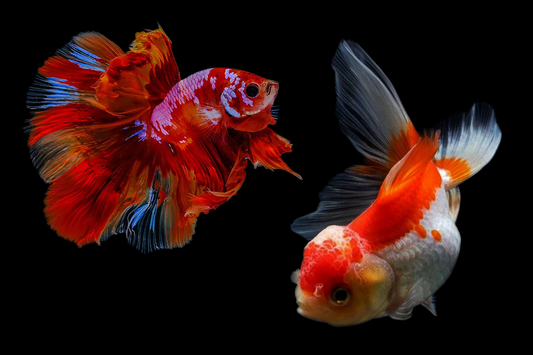

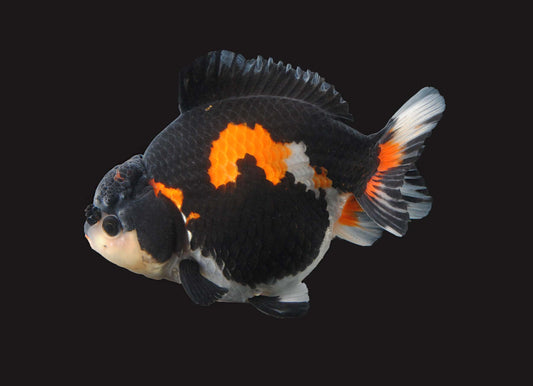

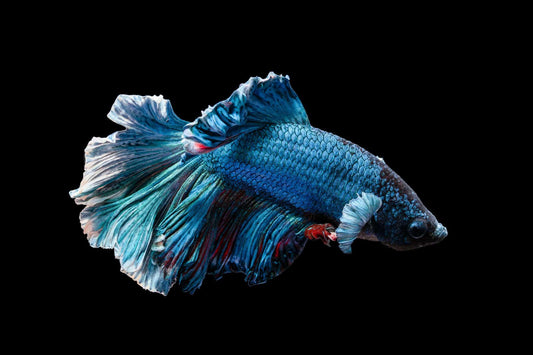

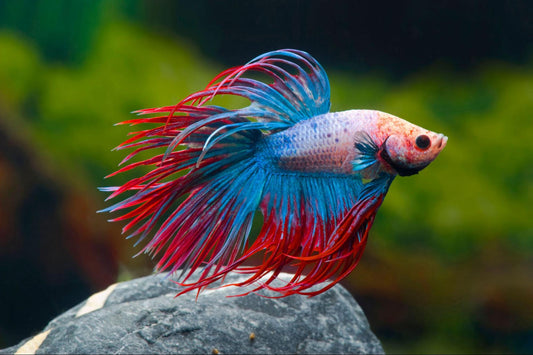
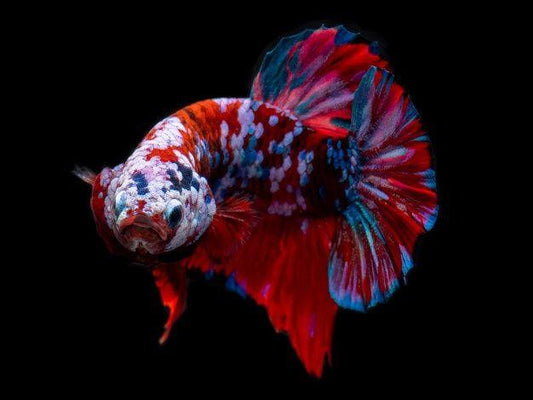
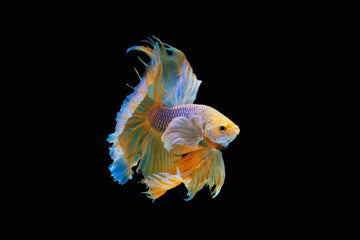
0 comments